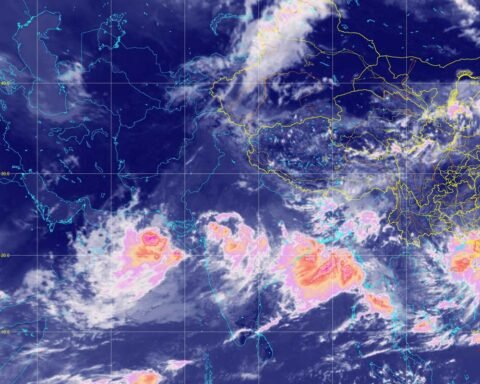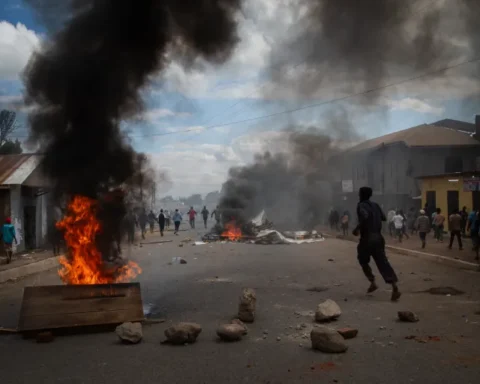On November 5, residents of Dodoma felt the intensity of an unrelenting heatwave as the Tanzania Meteorological Authority (TMA) provided a detailed update on soaring temperatures and the ongoing dry spell affecting the city.
Acting Director-General Dr. Ladislaus B. Chang’a explained that prolonged clear skies and minimal rainfall have pushed daytime temperatures into the mid-30s °C, while nights remain unusually warm.
During the briefing, Dr. Chang’a emphasized that the heat is exacerbated by calm winds and strong sunlight, which prevent the air from cooling effectively. Humidity levels dropped sharply, sometimes below 30 percent in the afternoons, creating dry conditions that heighten the risk of dehydration, fatigue, and heat-related illnesses. “Residents should avoid direct sun exposure between 11 a.m. and 3 p.m., stay hydrated, and wear light clothing,” he advised
According to TMA’s November 2025–April 2026 seasonal forecast, central regions including Dodoma are expected to experience below-to-near-average rainfall, suggesting that the dry and hot conditions could persist for weeks. The prolonged heat poses challenges to agriculture, livestock, and water supply systems, particularly in rural communities dependent on rain-fed farming.
Also Read; Tourists Rediscover Tanzania’s Ancient Coastal Heritage Sites
Dr. Chang’a highlighted that while Dodoma’s semi-arid climate typically experiences dry spells, this year’s temperatures have been notably higher than usual. “The sun’s direct overhead position during this season intensifies the warmth across central Tanzania,” he said. Minimal cloud cover contributed to the extreme conditions, with no rainfall recorded on November 5.
No extreme weather warnings have been issued, but TMA continues to monitor conditions closely and will provide alerts if the situation changes. “We aim to ensure residents are aware and take preventive measures to protect themselves and their livelihoods,” Dr. Chang’a stated.
Residents are encouraged to follow official forecasts, conserve water, and limit exposure to peak heat hours. While the clear skies painted a strikingly beautiful picture, they also served as a stark reminder of the severity of the ongoing dry season.







